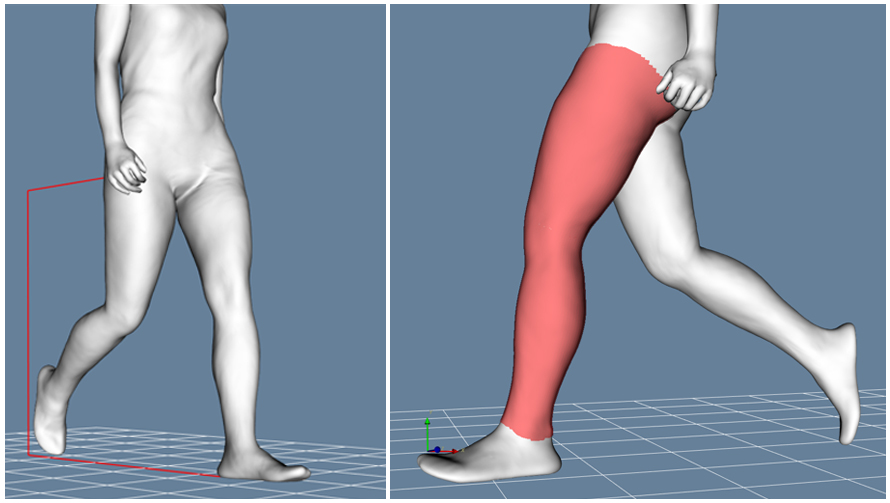
The IBV explores how the use of 4D technology can improve sports technique
Anthropometric and biomechanical methodologies are used to evaluate and study sports practice and performance, including the evolution of the physiological condition of athletes, the technical execution of sports movements, and the influence of new designs of sports clothing or products on performance.
Over the last few decades, numerous assessment technologies have been used in sport, such as MRI, EMG, MoCap, IMUs, etc., but most of these technologies are quite complex to use, either because they cannot be used while the athlete is moving (such as MRI) or because they interfere with his or her ability to move (such as IMUs). As a result, the information they provide is either incomplete or biased.
This is the context in which the Instituto de Biomecánica (IBV) has carried out the ANT4SPORT project. The focus of this initiative is to explore the use of dynamic 4D body scanning technology to generate new anthropometric indicators applied to the assessment of sports performance.
This innovative technology not only makes it possible to detect variations in body shape during sports practice with millimetre precision, but it does so in a non-intrusive way, without altering or conditioning the athlete’s movements. Juan Carlos González, Director of Innovation in Sport at the IBV, points out that “analysing the morphological variations of the body in motion allows us to better understand the mechanics of sporting gestures and their influence on performance and injury prevention”.
Given the speed and the often explosive nature of sports movements, the project has produced specific processing protocols and algorithms to capture and analyse this type of movement, providing anthropometric variables such as distances, contours, areas or volumes and allowing a quantitative analysis of morphological alterations.
This research opens up a huge door in the field of sport, as “the information provided by this technology has potential applications in the study of technical gestures, the assessment of the athlete’s condition, the monitoring of rehabilitation processes after an injury, or the design of sportswear, among others”, says González.
An example of the potential of this tool is the comparative study carried out during the project between individuals participating in Nordic Walking and Race Walking, which allowed a detailed analysis of the movement pattern in each modality, providing valuable and precise information on the variations in the athletes’ hip height during the practice of the two disciplines.
Several companies have contributed to ANT4SPORT, such as Blautic Designs, Analog Devices, Kaldevi Ingeniería Geriátrica, Club de Senderismo y Marcha Nórdica ‘Descubre’ and Pilates Prof. Coop. There is considerable potential to transfer the promising results of the project to the sports sector, including sports centres/clubs, sportswear manufacturers, sports equipment suppliers, research centres, sports medicine centres and start-ups, among others.
Finally, it should be noted that the project is supported by the Department of Innovation, Industry, Commerce and Tourism of the Autonomous Government of Valencia, through the IVACE+i programme, and receives funding from the European Union through the FEDER Community of Valencia 2021- 2027 Programme (IMDEEA/2024/24).





